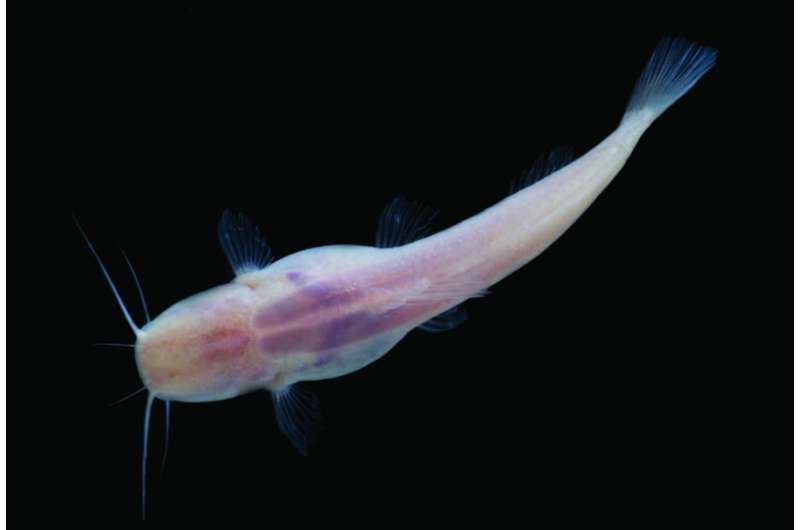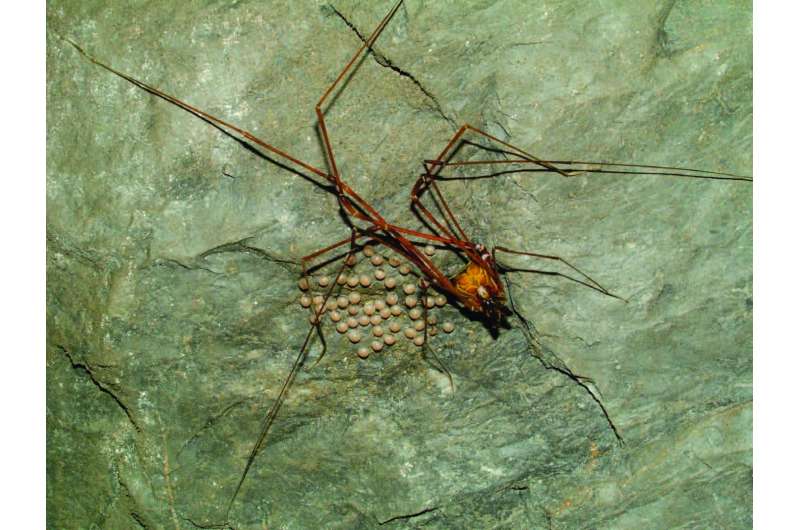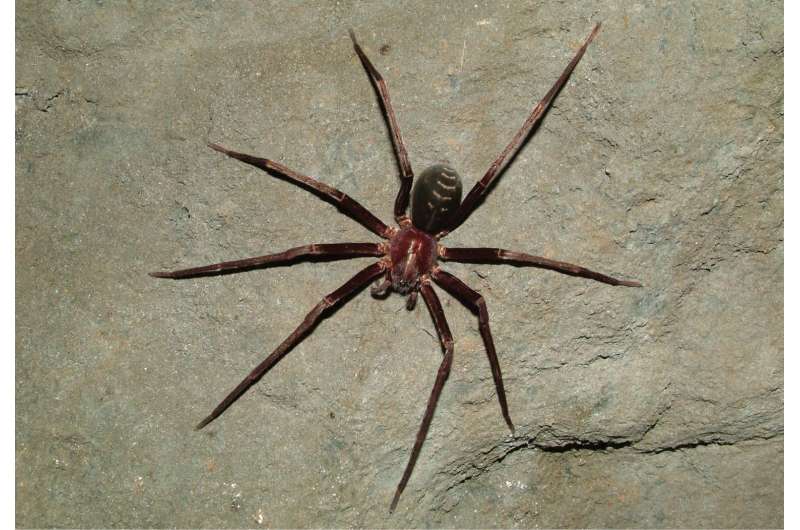Saving the Underworld: Clarifying the stygofauna classification for improved conservation

Inevitably, many habitats, including the particularly vulnerable subterranean ones, will continue being erased from our planet as a result of human activities and interests. The challenge is to protect the ones that are the sole habitats to certain organisms, so that their species are safe from extinction. Hence, it is essential that the distribution of every each one of them is clearly defined.
Brazilian scientists Prof. Eleonora Trajano, Universidade Federal de São Carlos, and Prof. Dr. Marcelo Rodrigues de Carvalho, Universidade de São Paulo, discuss the current classification system, its application and complexities in a paper published in the open access Subterranean Biology.
Nowadays, there are three categories of subterranean fauna accepted. Troglobites live exclusively underground and are usually characterised with reduced or lacking eyes and pale or transparent colors; troglophiles may live both in caves and on the surface, with individuals commuting between these habitats and promoting genetic interchange between subterranean and surface populations; trogloxenes use caves regularly, but must leave them periodically in order to complete their life cycle.
Throughout the years, many alterations and subdivisions have been applied to the classification used when determining whether a cave organism belongs exclusively to the subterranean habitat, or not, before concluding these three groups, also known as the Schiner-Racovitza system. It is important to separate them properly, since the destruction of a habitat to an endemic troglobite, for instance, would immediately wipe out its whole species, as it would be impossible for the animals to move away.

However, many historic publications do not feature enough details about the described species' distribution, nor identification of the used classification, so that the information is unreliable. Furthermore, there have been times, when people have been even afraid to survey the underground habitats, led by beliefs and associations linking caves to the "World of the Dead".
In their paper, the authors conclude that the only way to define the species status of subterranean organisms with certainty is to study each species' dynamics over a period of at least three years, since animals may migrate on a seasonal and/or non-seasonal basis. Also, scientists need to study thoroughly the area outside the surveyed cave, while testing for sampling sufficiency at all times.
"When employing classifications of subterranean organisms, especially for conservation purposes, these conditions should be checked for reliability of the status attributed to them," say the authors. "Misplacing these organisms within the Schiner-Racovitza categories impairs the efficiency of such policies."

More information: Eleonora Trajano et al, Towards a biologically meaningful classification of subterranean organisms: a critical analysis of the Schiner-Racovitza system from a historical perspective, difficulties of its application and implications for conservation, Subterranean Biology (2017). DOI: 10.3897/subtbiol.22.9759
Provided by Pensoft Publishers



















